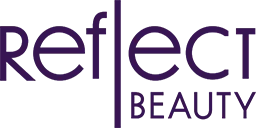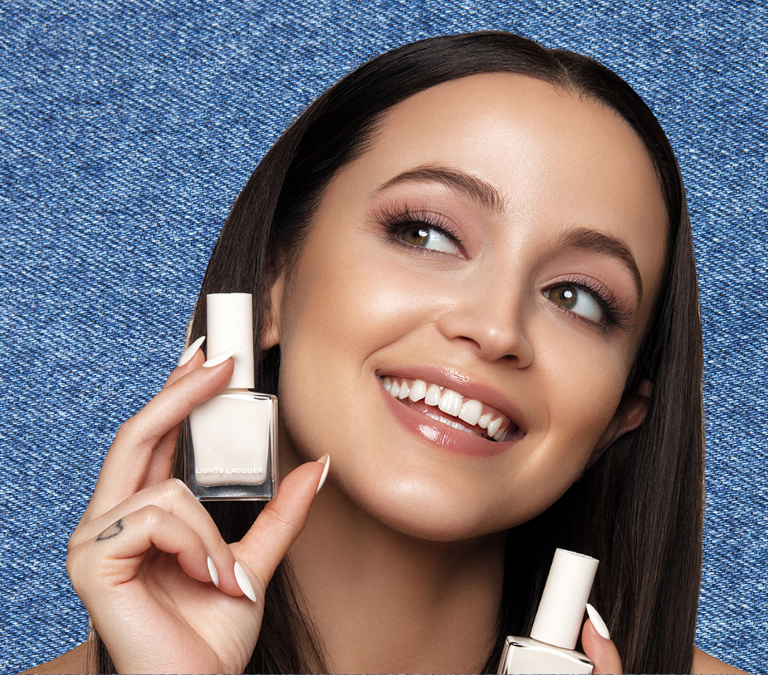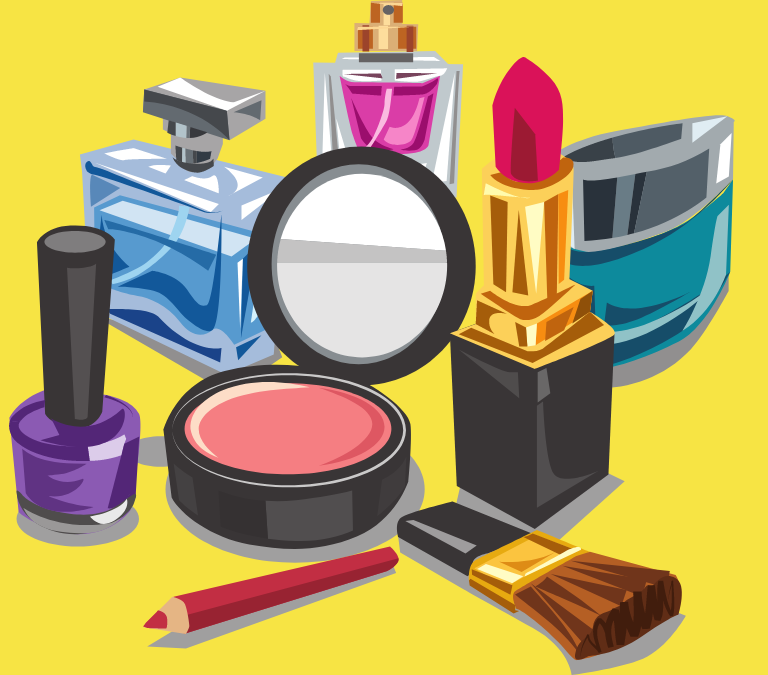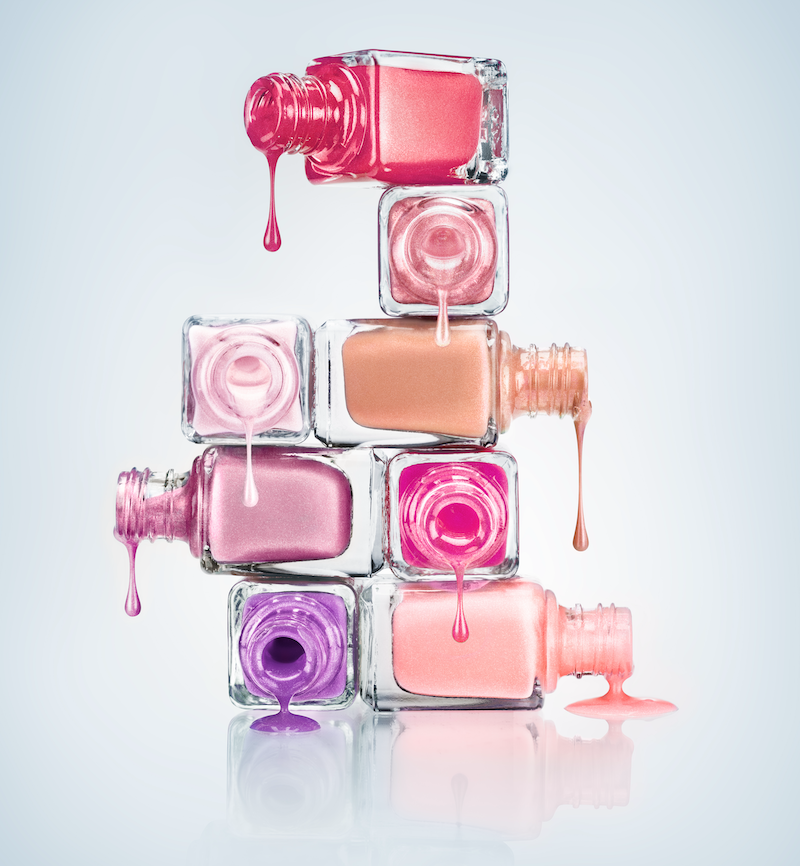
The scene: you’re browsing options for your favorite nail shades and you come across claims of “3-free!”, “5-free” and, even, “10-free!” Now, you’re serving up some serious side-eye because you’re wondering what these claims even mean, and why your signature shade (which has been working just fine so far, thank you very much) needs to be free from anything.
[SEE ALSO: What Exactly Is Clean Beauty & Why Should You Care?]
The real tea is that many of the mainstream nail color options on the market contain ingredients that could be harmful to your health. We’re talking about chemicals have thave been linked to nasal and lung cancer, birth defects, and other reproductive issues, as well as nervous system issues.
That’s why we are so excited about brands that are committed to removing some of these known toxins. They are helping make our lacquer cabinets a little less hazardous than they’ve been in the past, while giving us the color payoff that we crave. (Clean beauty enthusiasts rejoice!)
Not sure what you should be looking for – or avoiding? Let’s talk about what it means for nail polish to be 5-free or 10-free, and why it matters.
What does 5-free mean?
Nail polish is considered to be 5-free if it does not contain any of the following five potentially harmful ingredients:
Toluene
This colorless liquid is linked to nervous system disruption and developmental issues for babies of pregnant women
Formaldehyde
This chemical is used as a preservative and embalmer and is often found in nail hardeners. It is a known carcinogen, or cancer-causing agent.
Dibutyl phthalate (DBP)
DBP can affect the endocrine system and disrupt hormone regulation.
Formaldehyde resin
A common allergen that can cause skin irritation.
Camphor
This chemical contains harsh toxins that can strip healthy nails and can be poisonous with extended exposure
It’s worth noting that nearly all nail polish formulas on the market are currently free from at least toluene, formaldehyde and DBP – which are considered the “toxic trio” in the cosmetics industry.
What does 10-free mean?
To be considered 10-free, a polish has to have excluded all the ingredients that have been removed from 5-free polish, in addition to the following:
Ethyl Tosylamide
Already banned in Europe, this chemical is said to cause severe allergic reactions in users.
Xylene
This toxic chemical has an odor that can potentially cause headaches or lightheadedness.
Parabens
These potential cancer-causing preservatives interfere with hormones.
Triphenyl Phosphate
This chemical is said to cause changes in reproductive health and metabolism.
Gluten
This is a common allergen for those with celiac disease or a sensitivity to wheat products
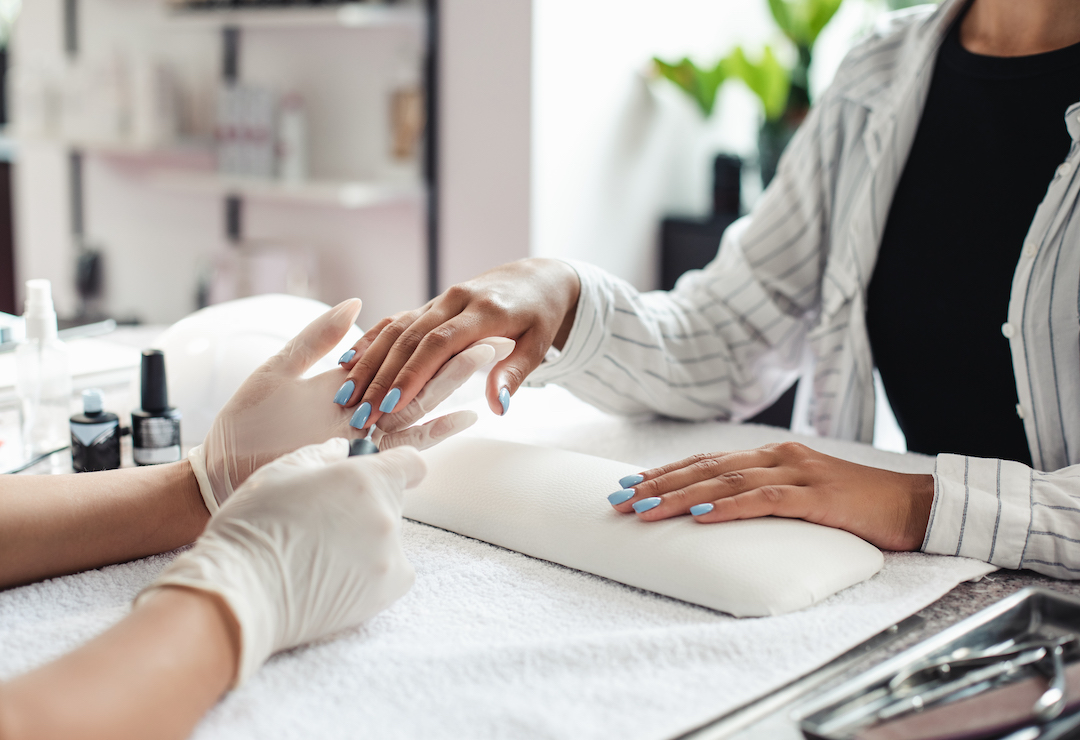
Why does it matter?
So what are all these options doing for us exactly?
First, they give those of us who make the choice to get our manicures at the salon an opportunity to be better citizens by holding salons accountable for creating safe working environments for service professionals.
While potentially detrimental to the health of “we-the-customers,” the toxins in nail polish have even more far-reaching effects for the technicians who are touching and breathing them in for extended periods of time.
Second, they give us more of a transparent look into an industry that continues to be largely unregulated (at least in the U.S.), and where companies are not always required to disclose what’s beneath their product labels.
Third, and most importantly, they give us agency, the power of choice, and the opportunity to make more informed decisions about what we want to put–or not put–on or in our bodies.
